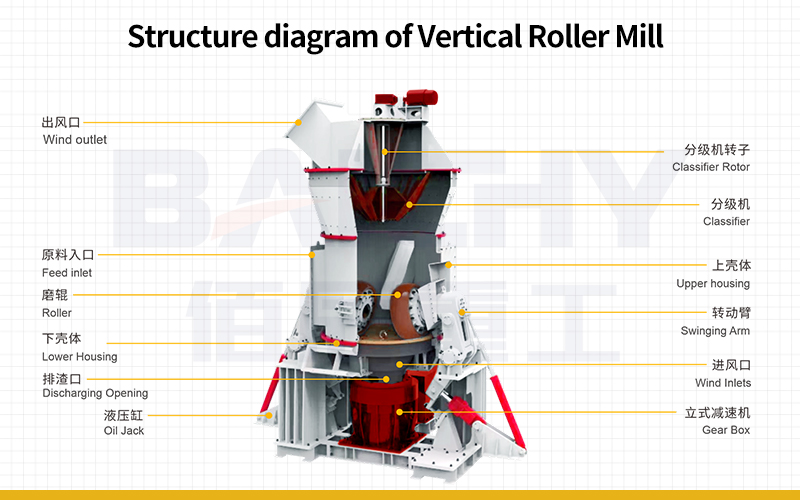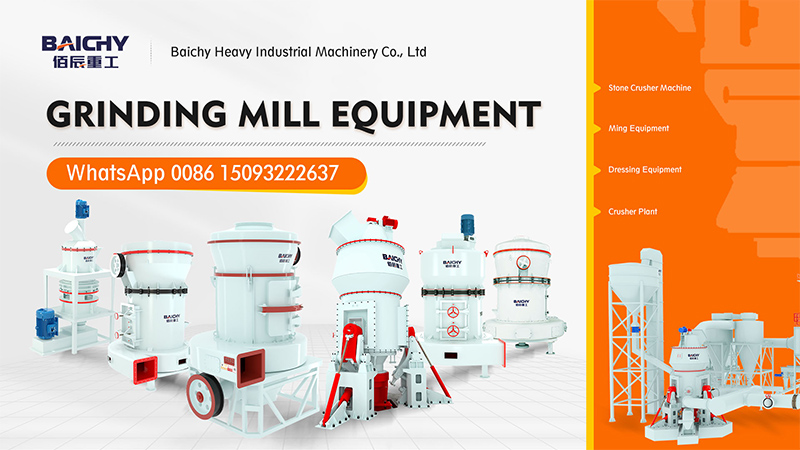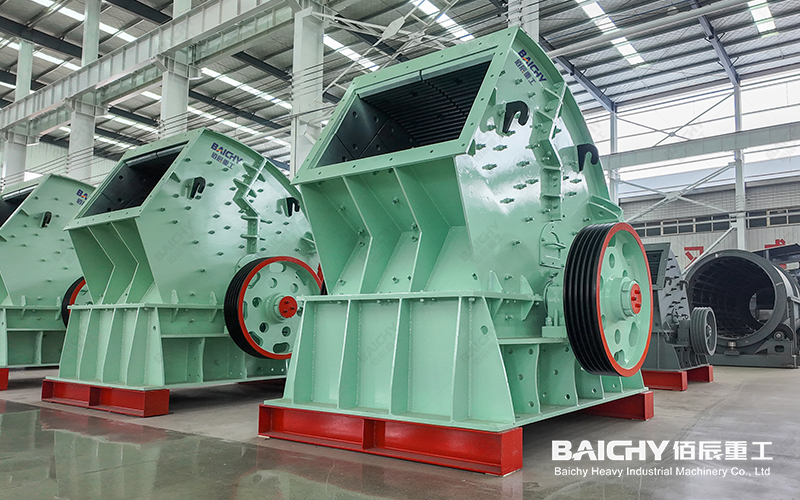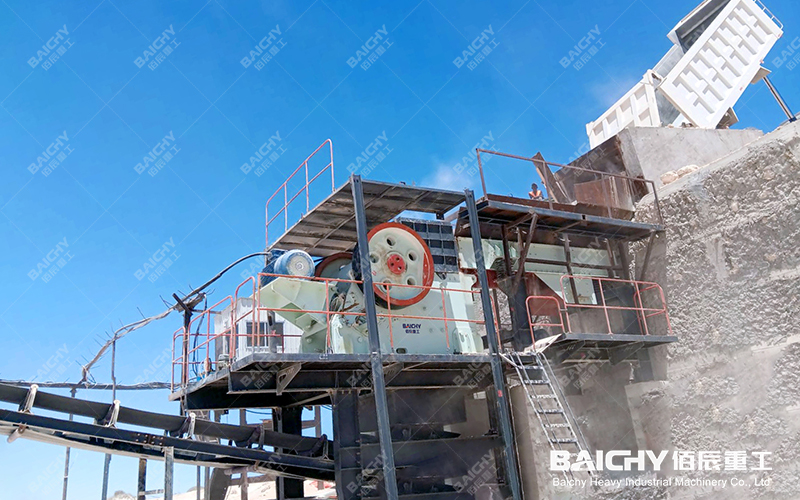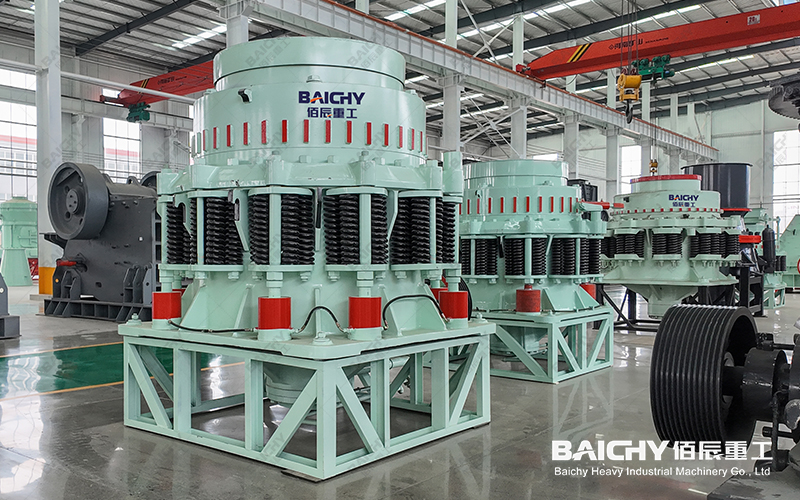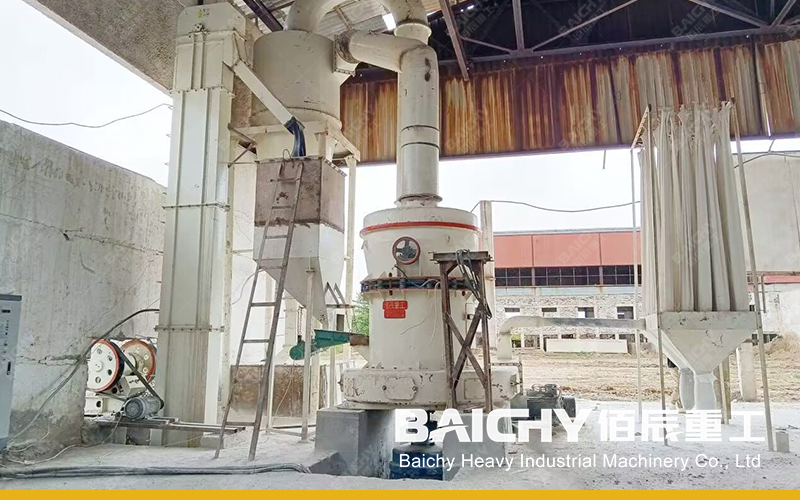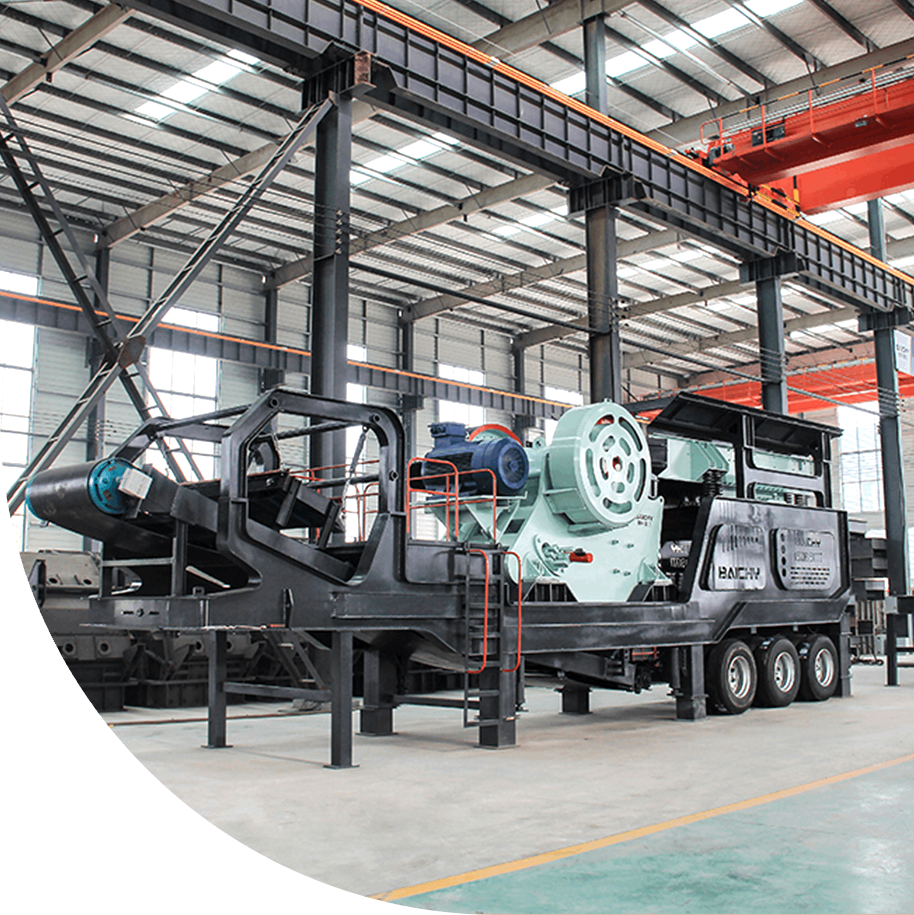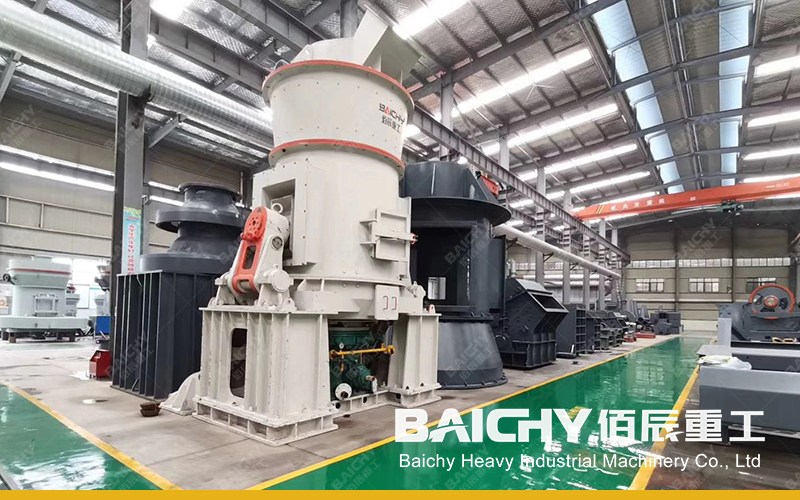
As an efficient grinding equipment, a vertical roller mill has its unique advantages, but it also has some disadvantages. The following is an analysis of the advantages and disadvantages of vertical roller mills:
Advantage:
1. High efficiency and energy saving: The vertical roller mill adopts the principle of material layer grinding. Compared with traditional ball mills, its grinding efficiency is higher and its power consumption is lower. Under the same conditions, the energy consumption of vertical roller mills is usually 20% to 35% lower than that of ball mills, which helps reduce production costs and improve economic benefits.
2. Strong drying capacity: The vertical roller mill can dry materials with a moisture content of 12% to 20%, which means that the raw material drying system can be omitted during the production process, further simplifying the process and reducing equipment costs. investment and operating costs.
3. The particle size of the materials entering the grinding machine is large: the maximum particle size of the materials entering the vertical roller mill can reach about 4% to 5% of the diameter of the grinding roller, generally 40 to 100mm. This reduces the workload of material preprocessing to a certain extent and improves production efficiency.
4. Excellent finished product quality: The residence time of the materials in the vertical roller mill is short, only 2 to 3 minutes, which helps to maintain the freshness and activity of the materials. At the same time, due to the classification system of the vertical roller mill, the finished particles have good shape, narrow particle size distribution, and good fluidity, which improves the market competitiveness of the product.
5. Low noise: When the vertical roller mill is working, the grinding roller and the grinding disc are not in direct contact, so the noise is 20-25dB lower than that of the ball mill, which improves the working environment.
Low wear and high utilization rate: Since there is no direct metal-to-metal contact between the grinding roller and the grinding disc during operation, the vertical roller mill has less wear and low metal consumption per unit product, which improves the service life and utilization rate of the equipment.
Shortcoming:
1. Not suitable for grinding hard and abrasive materials: Due to the limitations of the working principle of the vertical roller mill, its grinding effect on hard and abrasive materials may not be good, its service life may be short, and maintenance may be frequent.
2. High requirements for operation and maintenance: Although vertical roller mills are highly automated, operation and maintenance still require certain professional skills and experience. Improper operation and maintenance may cause equipment failure and affect production efficiency.
3. Higher investment cost: Although vertical roller mills consume less energy during operation, their initial investment costs are usually higher, which may pose certain economic pressure on some smaller companies.
The vertical roller mill has the advantages of high efficiency and energy saving, strong drying capacity, large particle size of the materials to be ground, excellent quality of finished products, low noise, and low wear, but it is also not suitable for grinding hard and abrasive materials. Disadvantages include materials, higher operation and maintenance requirements, and higher investment costs. When choosing whether to use a vertical roller mill, comprehensive considerations need to be made based on specific production needs and conditions.
Baichy Machinery is a factory supplier of mining machinery, mainly focusing on stone crushers, powder grinding mills, and mineral beneficiation plants. We can offer you a free design and completed solutions according to your project.
Baichy Heavy Industry has grown into a high-tech mining equipment comprehensive enterprise, integrating R&D, manufacturing, sales, and after-sales service, Passing ISO9001:2015 quality management system certifications. The main products are mobile jaw crushing plants, construction waste crushing plants, PE jaw crushers, VSI sand-making machines, Symons cone crushers, single-cylinder hydraulic cone crushers, PCX high-fine crushers, grinding mills, ball mills, and full sets of beneficiation equipment with an excellent level.

